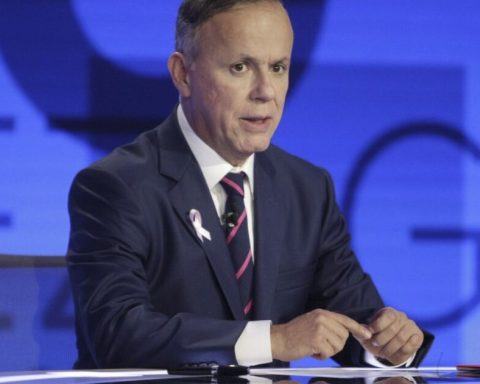Women in the Armed Forces are still few, representing 13.2% of its members. Thus, of the 35,234 women in its ranks, 9.5% are in the National Defense Secretariat (Sedena) and 22% are in the Navy.
If the presence in the Armed Forces is one woman for every 10 soldiers and two for every 10 sailors, in high-ranking positions it is much lower, a reality that prevented the appointment, for the first time, of a female Secretary of Defense or Secretary of the Navy. According to the Organic Law of the High Command, these positions can only be held by a Major General of the Army or an Admiral of the Navy and, in 2024, no woman will hold these positions.
Gerardo Rodríguez Sánchez, professor and researcher at the Universidad de las Américas Puebla (UDLAP), explains that Sheinbaum will be in charge of the second most important army in Latin America (only behind that of Brazil) and the tenth largest armed force in the world, by number of elements.
“It is no small thing that a woman is at the head of the second largest army in Latin America after Brazil, nor is it a small thing for a future increase in the number of women in the Armed Forces,” says the national security expert, noting that less than 10% of women in the world serve in them.
In Mexico, the inclusion of women in military tasks has been gradual. In 1934, María González de Cartes, the first woman in the Army and Air Force, joined the General Quartermaster’s Office, and in 1938, the Army School for Nurses was created, exclusively for women. Later, women were gradually allowed to join the Arms Division (cavalry, artillery, armored weapons and air force) and participate in administrative, health, logistics and operational areas.















